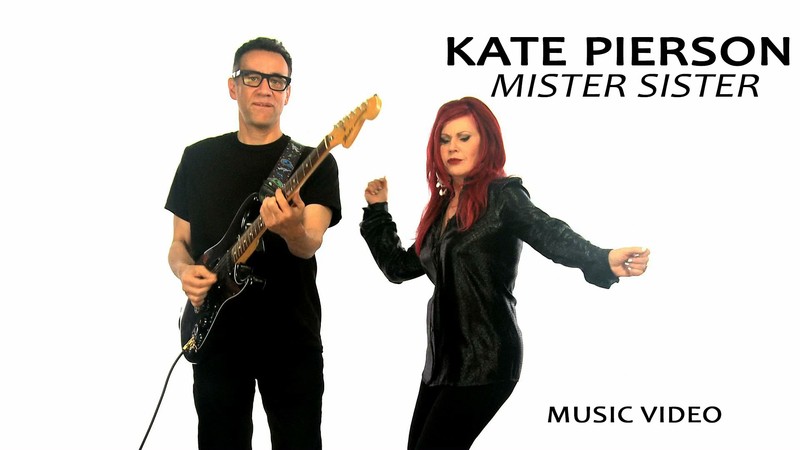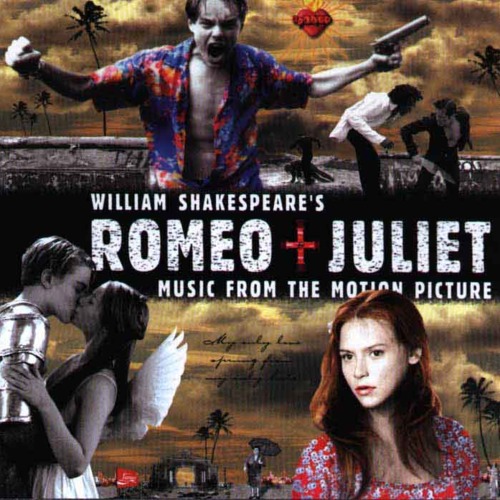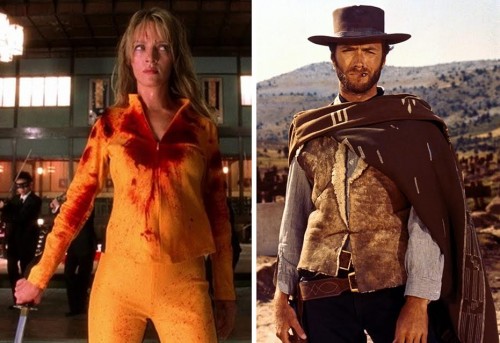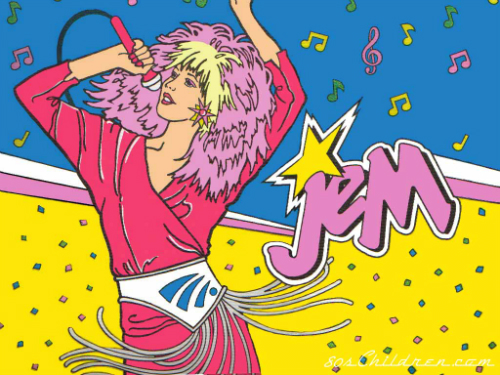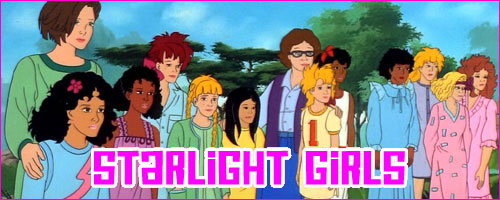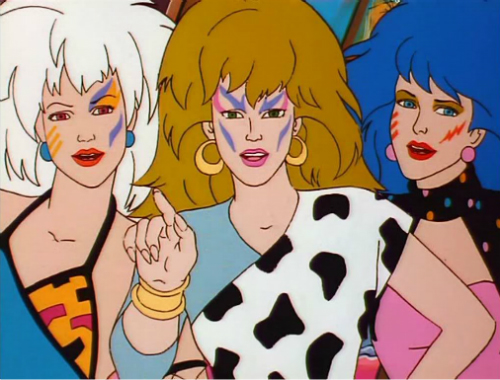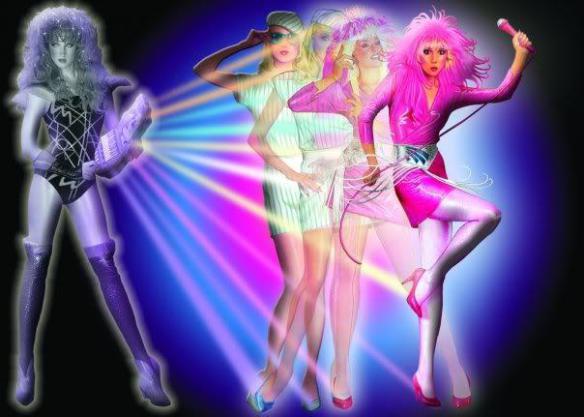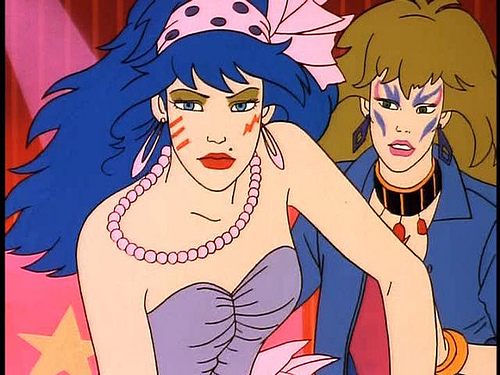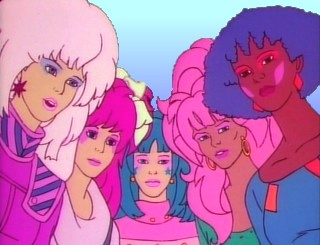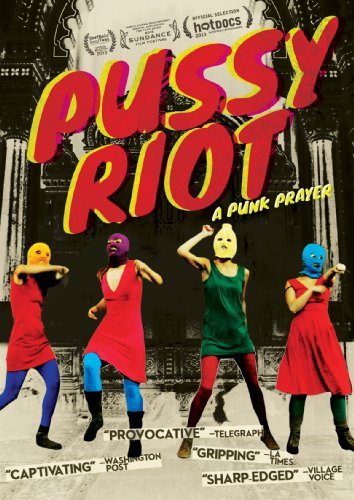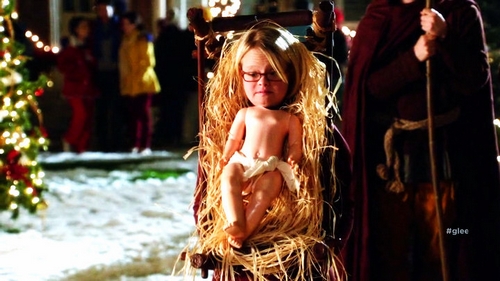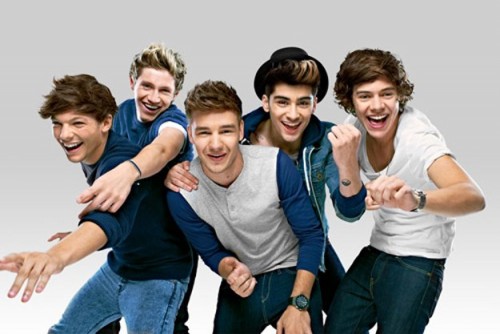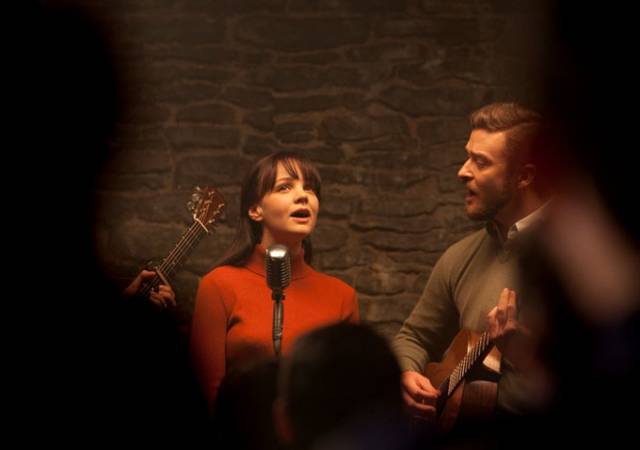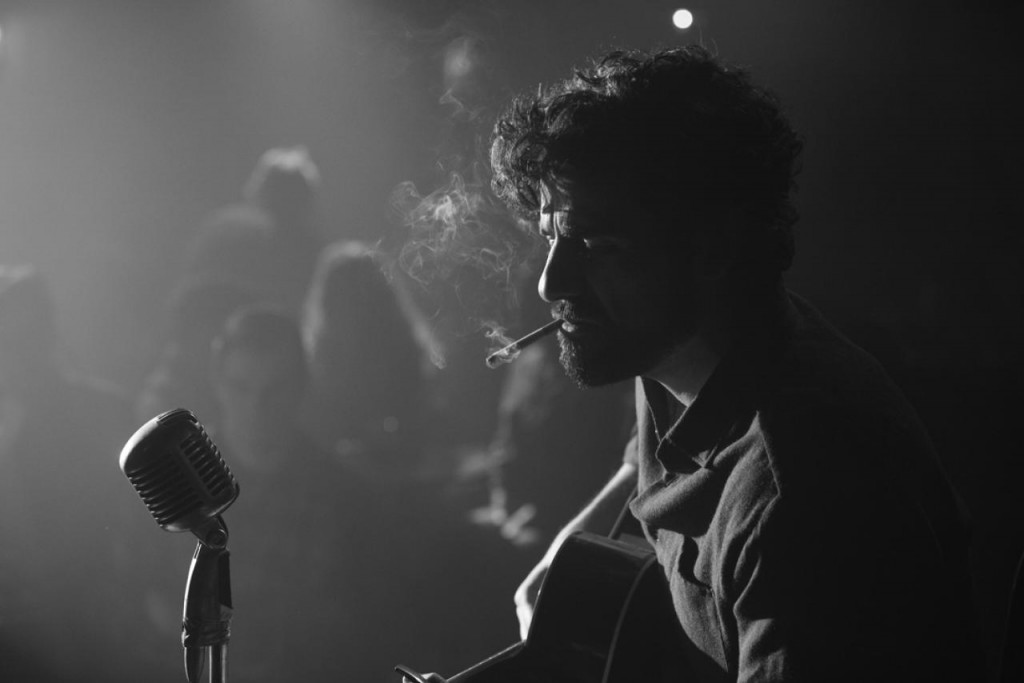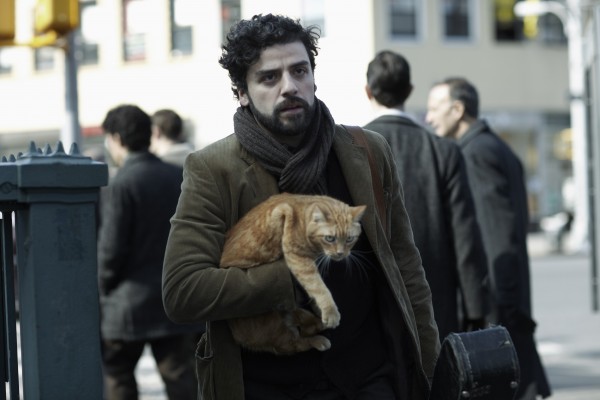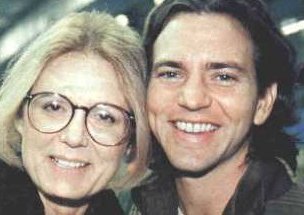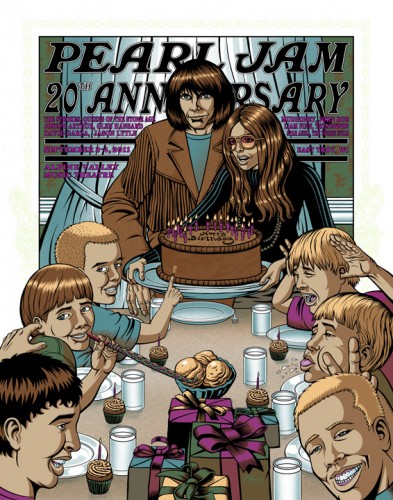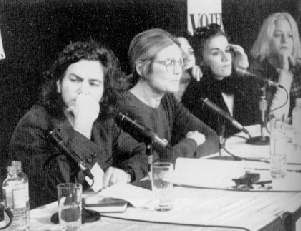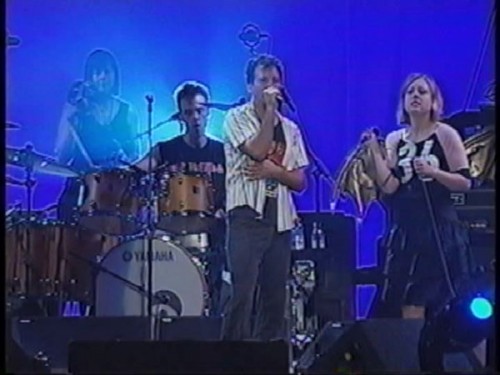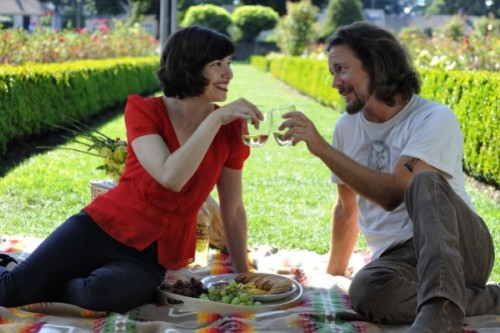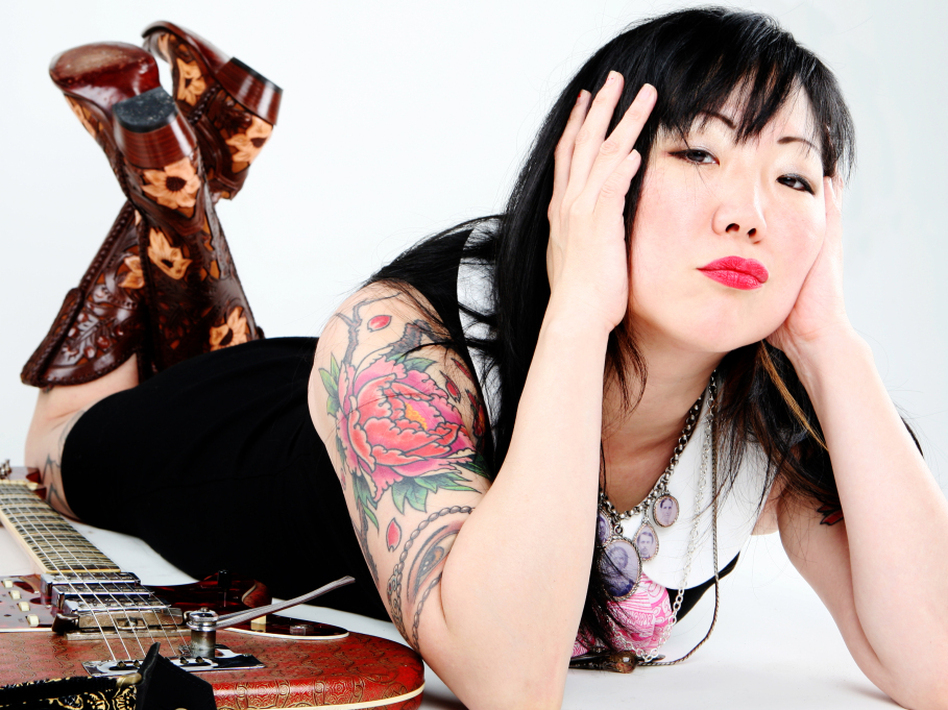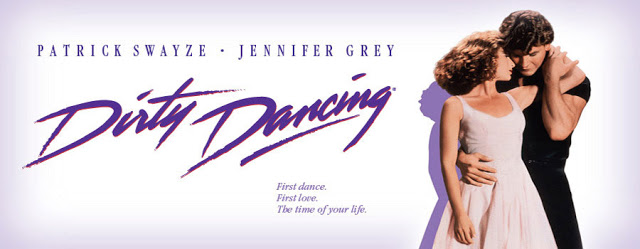
This post by Elizabeth Kiy appears as part of our theme week on the Academy Awards.
Right off the bat, I’m going to say that this essay might be more about me and my neuroses than the actual film, Wild. So I’m sorry for that.
I read Cheryl Strayed’s book, Wild: From Lost to Found of the Pacific Crest Trail a few years ago in a time in my life when I was feeling really lost and messed up. It helped me to the degree it could, reminding me of my own writerly quirks, my tendency to sentimentality and (for good or bad) feeding my desire to go off somewhere, somehow and find myself. There were lines I loved, but Strayed’s writing didn’t really get under my skin until I read Tiny Beautiful Things, her collected advice columns written for The Rumpus as Dear Sugar. That, I devoured in one night and cried and cried.
Being a woman and being a writer is a weird and fraught thing. Add to that a certain shyness and a lone wolf tendency and I’m a difficult person to get to know, even harder to like. I see endless versions of myself represented in fiction, in memoirs, as writers tend to write about writing and writing is inherantly isolating, but rarely in films or TV. In a book, we can sink into the central figure’s head and see her as a nuanced figure in multiple relationships and entanglements but in a film, as in real life, with no language to defend herself, the lone woman is a suspect. She gets stared at and scowled at and catcalled and often told that she’s making herself vulnerable, or taking unnecessary risks.
In short, our culture says she’s asking for what she gets. A woman alone is unloved, uncared for and written off. In the graphic memoir, Today is the Last Day of the Rest of Your Life , for example, Ulli Lust writes about her experiences backpacking alone through Italy, where she is told that a woman traveling alone is considered to be a prostitute. In Wild, the film based on Strayed’s memoir of her months solo hiking the Pacific Crest Trail, she has several uncomfortable and frankly terrifying encounters, particularly with two scary looking hunters who assess her body and make her feel unsafe. She is also frightened hitchhiking as she, like most of us, has been raised to believe that anyone who picks you up while hitchhiking is planning to murder and rape you. I particularly identified with the conflicted guilt she feels when she has to lie to the first man who picks her up, telling him she has a strong, loving husband waiting for her just a few miles up the trail. Though he is very kind to her, this lie is necessary for her to feel safe. She shouldn’t feel guilty for taking these precautions, but she does. She shouldn’t have to take these precautions, but part of being a woman in this culture is being afraid. As well as guilty and stupid for being afraid.
I work in a restaurant where I infrequently work night shifts that end at 4:30 a.m.; I don’t mind the work, but I hate having to pay for a taxi home multiple nights. Recently I was talking to a male coworker, kind of idly complaining about this fact. He said, “Well you could always just walk home.” I was stunned at the display of his privilege, that he was so completely unaware that a young woman might feel unsafe walking home, weary, through deserted city streets in the wee hours of the morning. Encounters like this tempt me to avoid precautions, to say, nothing could actually happen to me, that I’m being kind of vain to think I’m a target, but it’s against my programming.

I have met and interviewed Jean Béliveau , a man who left his home and spent 11 years walking around the world and read about Mike Spencer Brown, the Calgarian who become the world’s most travelled man after visiting nearly every country in the world. These stories fill me with anger and jealousy. When I decided to attend journalism school, my grandmother made me promise that I would not go to one of “dangerous countries” where we were always hearing about terrible things that happened to journalists. In school, I attended a lecture given by Amanda Lindhout, a woman who was kidnapped and tortured in Somalia after going there as a war correspondent. Some of my female relatives even sat me down to watch Taken, framing it as an educational film about what might happen to a woman if she is not careful traveling.
I wasn’t planning on war correspondence, but the idea that it was something denied to me as a woman, made it seem interesting to me. Just like hearing that women were not allowed to be priests the Catholic church made the priesthood seem tantalizing.
So on one hand, I want to see what Cheryl did as a super feminist act, rejecting this idea of special circumstances and extra vulnerability for women but on the other it seems like a deliberate denial of reality. Just because nothing horrible really happened to her, it doesn’t mean that it couldn’t have. It doesn’t mean that any other woman, inexperienced in hiking and all alone on the trail, who is inspired by her, could not meet a horrible fate.
Men walk around the world and women are told it is not safe for us to do. We are cowed by these warnings and unsure if by listening we are being smart or letting ourselves be subdued, just as we are uncertain what to do when we are told to dress in modest ways to avoid rape. This should not be our responsibility, and yet isn’t it smart to do all we can to keep ourselves safe, to be realistic?
With these ideas, Wild is very much a woman’s story, taking us deep into Cheryl’s head and her attempts to become a complete person. Though I enjoyed the direction by Jean-Marc Vallée (and as a Canadian, there’s always a tendency to cheer when one of us does a thing) and I’m fond of Nick Hornby, it’s a bit sad that this story of all stories was not given to a female screenwriter or director. That being said, I think the filmmakers did an adequate job addressing this conflict.
On top of this they achieved the near impossible, taking a book about a writer and a writer’s process, a young woman’s tortured internal life being perhaps the least cinematic thing in existence, and making it enjoyable to watch.
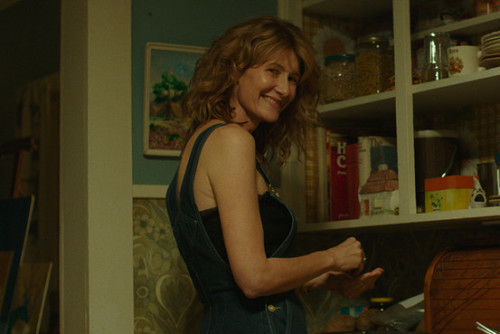
The majority of the film follows Cheryl’s hike through the PCT but it is frequently interrupted by flashbacks related to her relationship with her mother, Bobbi (Laura Dern), who she considered the great love of her life. We see her as a towheaded child (played by Strayed’s real life daughter) as her mother becomes her sole protector, whisking her and her brother away from their violent father, as a young woman whose embarrassment over attending college with Bobbi turns into horror over her mother’s sudden sickness and death, and finally as a self destructive grieving daughter, seeking solace in anonymous sex and heroin, both of which contribute to the destruction of her marriage. The idea to hike the PCT comes to her at what framed as her rock bottom, she sees the guidebook with the stunning vista she later visits on its cover, while waiting in line to buy a pregnancy test, sure that if it turns out to be positive, she will have to get an abortion.
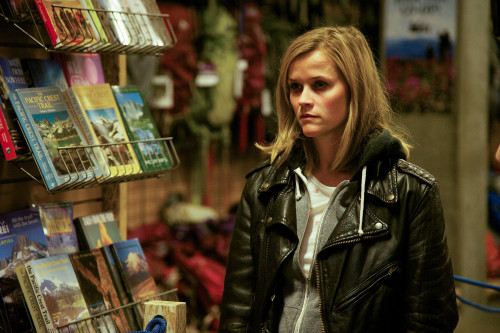
In Wild, the use of flashbacks its accomplished with rare skill. They are not popped in arbitrarily, teasing the audience with tidbits of information parceled out through her story, as in many films with parallel timelines. Instead, we see these things as Cheryl is recalling them and become part of her attempts to process what has happened. There is no one single thing that set her on the path careening towards disaster, walking a thousand miles with no real plan for her life post-trail and no money to live on, but a mosaic of things that are revealed to us in and out of sequential order.
Moreover, the line between past and present is blurred by double exposure, images that will later have significance flashing briefly across the screen and the use of music. Diegetic music, music that is actually playing within the world of the film is rare, limited to flashbacks, trail stops and the Grateful Dead tribute she attends, but Wild is saturated with music, most of it, playing through Cheryl’s memory. The music that makes up the soundtrack becomes a hybrid of diegetic and non-diegetic as it is accompanied by Cheryl’s own singing, humming, and voiceover. She also engages with the music she imagines hearing, mentioning in voiceover a song she’d like to hear, that quickly becomes the soundtrack to the scene.

This effect, Cheryl’s coming of age and self discovery is dimmed by Witherspoon’s age. Though she appropriately inhabits the character and her struggles, seeing a 40-something woman go through these things is not as harrowing as seeing a 20-something woman go through them. If Witherspoon’s Cheryl is struggling with the loss of her mother and her loss of self, we’re tempted to see her as a privileged whiner, not a girl suddenly on the brink of life without any life lines. In flashbacks, Witherspoon, aided by unfortunate bangs, also plays college-aged Cheryl. Though we never believe she is actually 22, she skillfully apes the mannerisms and posture of a haughty college kid. She never fully disappears into the character, but we get what she’s trying to do, just like we get that the cast member on Saturday Night Live aren’t able to pass a children but are able to remind us of children. For me, this is aided by her wardrobe, which is full of the sorts of pea coats, boots and denim shirts I wore as a millennial college student and see as signifiers of the breed.
The exploration of privileged is also an important aspect of the film. Though the extremes of Cheryl’s working class background mentioned in the book, that the house she grew up in did not have running water for example, make it into the film, it is still clear that she is not comfortably middle class. In one scene, she and Bobbi discuss their work as waitresses and how hard Bobbi had to work to support Cheryl and her brother on her salary. During her hike, Cheryl is approached by a man writing for The Hobo Times, who declares her the rare example of a female hobo. She argues, sure she has no money, no home, no family, but she is not a hobo, she is not homeless. Hobos are other people, she is just between homes.
As Cheryl becomes an educated woman, we see her begin to look down on her mother and her lack of sophistication, her poverty and her flakiness. As a college student, the first in generations of her family, Cheryl is posed to cross class lines. Her desire to be a writer, in some ways, a frivolous career choice, often seen as only accessible for the leisure classes, recalls this. Her education, which she takes for granted, is contrasted with Bobbi’s late in life decision to attend college alongside her, taking advantage of a program that offers free classes for parents of students. For Bobbi, it is a rush of pure freedom to finally get to read and write and engage with texts in literary theory and Women’s Studies courses.
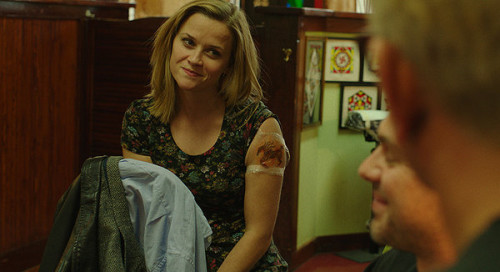
To the extent that Wild can be looked at as a coming of age film, it is about Cheryl’s writing and the slow agonizing birth of her literary voice. The books she reads on the trail become important landmarks for her, such as the James Michener, an author her mother liked who is looked down on by literary types, and the Flannery O’Connor and Adrienne Rich that she sees as glimpses of how she would like to write. When she is told to burn the books she is finished reading, Cheryl recoils in horror; only truly evil people burn books. Though she ultimately begins burning what she had finished reading, Rich’s Dream of a Common Language stays with her the whole way as a talisman. In the book Wild, She keeps a tally of books read and books burnt along the way.
Her decision to get a matching tattoo with her ex-husband, Paul to keep themselves tied together when they get divorced also strikes me as such a writerly thing to do. Getting a break-up tattoo seems bizarre to most people but as writer, I didn’t question it until someone told me it sounded weird. These tattoos make a good story, a symbol of Strayed which she references in various of her writings. They put a cap on her marriage and give it a narrative arc that makes her life seem more like a story, something comfortable and easy to enjoy, easier to gain distance from, than real life.
Cheryl also practicing becoming a writer in the literary quotes she loves in the trail guestbooks, which are set at intervals along the trail, which she attributes to herself as well as the author of the quotes. In this practice she enters into a long tradition of young writers copying out influential texts like The Great Gatsby to the rhythm of the words. In this way, Wild is about Cheryl’s growth and maturation as a writer as well as a woman.
This might be why so many uninformed critiques of the film compare it to Eat, Pray, Love ; if you ignore the grit of Cheryl’s desperation, youth and poverty, her trip would seem like a laughably naive attempt to “find herself.” This might be the only way our mainstream culture knows how to categories women’s stories, ghettoizing them as as non-fiction chick-lit.
But Wild is without the scenes of romance or consumerism, or even an assurance that Cheryl will be alright at its end. We see her leave the trail (and symbolically her trials) behind as she reaches The Bridge of the Gods in Portland, and hear her in voiceover reference her future husband and children, but we never see them. The story is not carefully wrapped up in a bow and Cheryl is not perfected. Though she “grows up” to give advice as Dear Sugar and become a celebrated writer, we’re able to like her, to identify with her because she isn’t living this perfect new life of food and love and prayer with nary a nagging worry. As Wild ends with a reprise of Simon and Garfunkel’s “El Condor Pasa,” the film’s haunting “Que Sera Sera” theme, and a montage of photos of the young wild Strayed, her grit is the lasting image of the film.
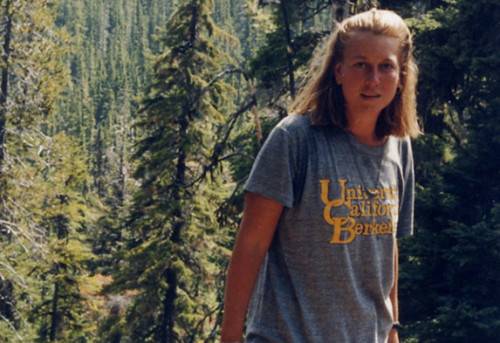
Also on Bitch Flicks: A Wild Woman Alone by Ren Jender.
Elizabeth Kiy is a Canadian writer and journalist living in Toronto, Ontario.
